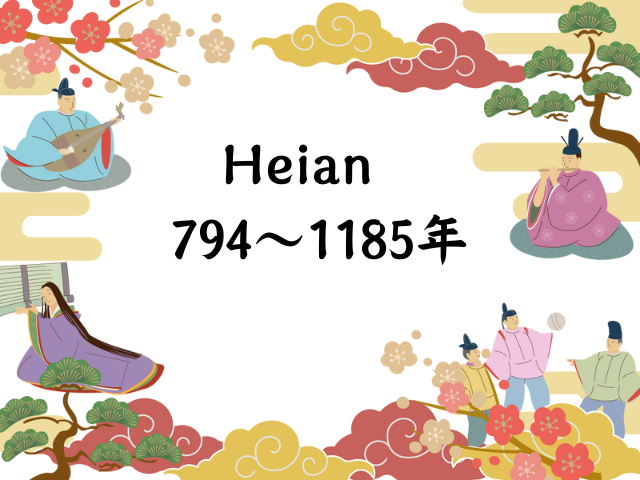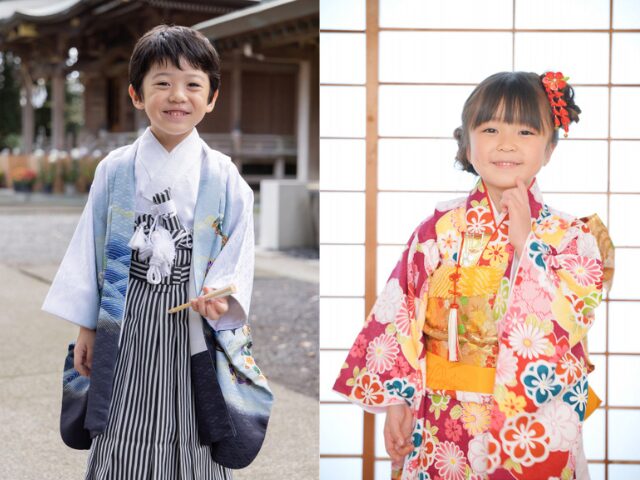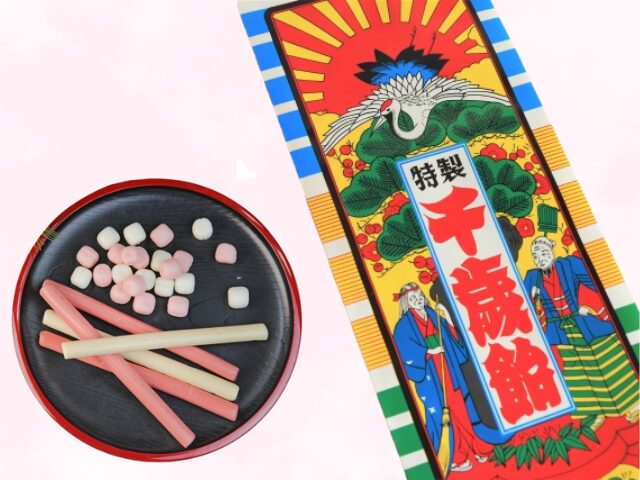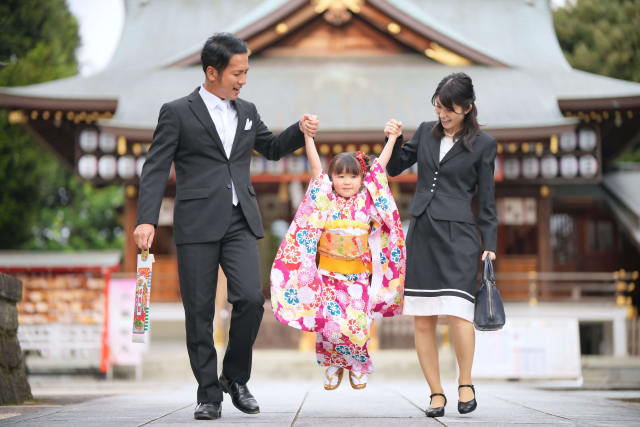What is Shichi-Go-San?
Shichi-Go-San (literally “Seven-Five-Three”) is a traditional Japanese celebration held every year on November 15th.
It marks an important rite of passage for children: three and seven-year-old girls, and three and five-year-old boys.
Families visit Shinto shrines to express gratitude for healthy growth and to pray for future well-being.
Origins and History

The custom began during the Heian period (794–1185) among noble families.
Each age represented a milestone:
-
3 years old – Children were allowed to grow out their short, shaved hairstyles.
-
5 years old (boys) – Boys wore hakama trousers for the first time.
-
7 years old (girls) – Girls began wearing the traditional obi sash with kimono.
These practices symbolized growth, maturity, and new stages of life.
Over time, the tradition spread to common people and became a family celebration nationwide.
When is Shichi-Go-San Celebrated?
The official date is November 15th, but in modern times families often choose the nearest weekend or any convenient day in October or November.
During this season, shrines and photo studios across Japan are crowded with families celebrating the event.
Outfits and Family Preparation

Traditionally, children dress in formal kimono.
-
Girls wear brightly colored kimono, often with ornate hair ornaments (kanzashi).
-
Boys wear hakama trousers and haori jackets, sometimes decorated with family crests.
In modern celebrations, some families choose Western-style suits and dresses, but kimono remain the most iconic.
Parents also dress formally—mothers may wear kimono or elegant dresses, while fathers typically wear suits.
The entire family’s attire reflects the importance of the occasion.
Photography Traditions

Shichi-Go-San is as much a photography event as a cultural ritual.
Families often book professional photographers or studios to capture the day.
Many studios provide kimono rentals, hairstyling, and family photo packages, making it easy to create lasting memories.
Chitose Ame (千歳飴)

Children receive a special candy called Chitose Ame (“thousand-year candy”).
It is a long, thin red-and-white candy sold in decorated bags featuring cranes, turtles, and pine trees—symbols of longevity in Japan.
Eating the candy symbolizes hopes for a long and healthy life.
Regional Customs
Famous shrines like Meiji Jingu in Tokyo, Kawasaki Daishi, and Naritasan attract large crowds during Shichi-Go-San.
While the essence of the celebration is the same nationwide, the choice of shrine and the scale of the celebration often vary by region.
Modern Significance
Although rooted in Shinto beliefs, Shichi-Go-San today is more cultural than religious.
Even families who are not religious participate to celebrate their children’s milestones.
For parents, it is a cherished opportunity to create memories—through prayers, candy, and photographs.
Comparison to Other Cultures
Similar to Japan’s Shichi-Go-San, other cultures also have traditions celebrating children’s growth.
Examples include Christian baptism or First Communion, and Korea’s Dol (first birthday celebration).
These comparisons highlight how universal the desire is to celebrate children’s milestones, even if the customs differ.

